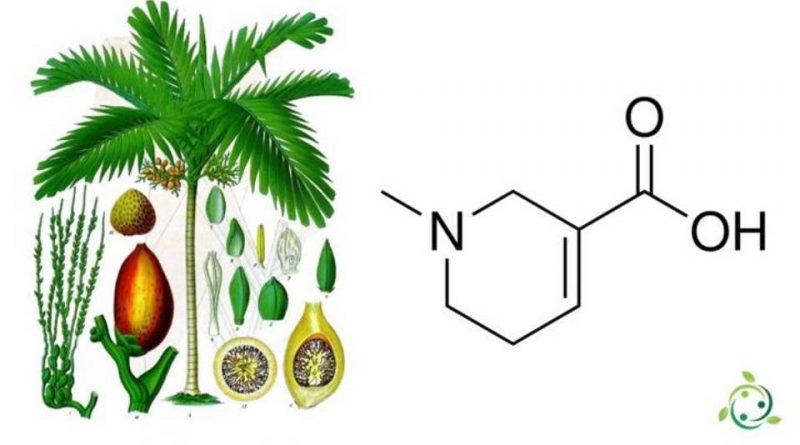Arecaine
Arecaine
Arecaine is an alkaloid of natural origin.
Arecaine, in the official IUPAC nomenclature, is called 1-methyl-1,2,5,6-tetrahydropyridin-3-carboxylic acid.
This biochemical compound has a brute or molecular formula: C7H11NO2 and is a colorless crystalline substance with antihelminthic properties.
Antielmintic properties are typical of those substances used in the fight against the parasitic worms of our organism. There are two possible mechanisms of action of anthelmintics. The first mechanism kills the worm and eliminates it from the organism, while the second mechanism simply kills the parasite.
Arecain, in its natural state, is present in the palm of Betel l (Areca catechu L., 1753).
The Betel palm is a palm native to India and Malaysia, but also grown outside its basin of origin. It produces betel nut, which is mainly used as a stimulant in several Asian states.
Arecaine is a competitive inhibitor of the absorption of GABA or γ-aminobutyric acid that is a γ-amino acid, the main inhibitory neurotransmitter in mammals, of the central nervous system, responsible for regulating neuronal excitability throughout the nervous system.
Warning: The information given is not medical advice and may not be accurate. The contents are for illustrative purposes only and do not replace medical advice.

